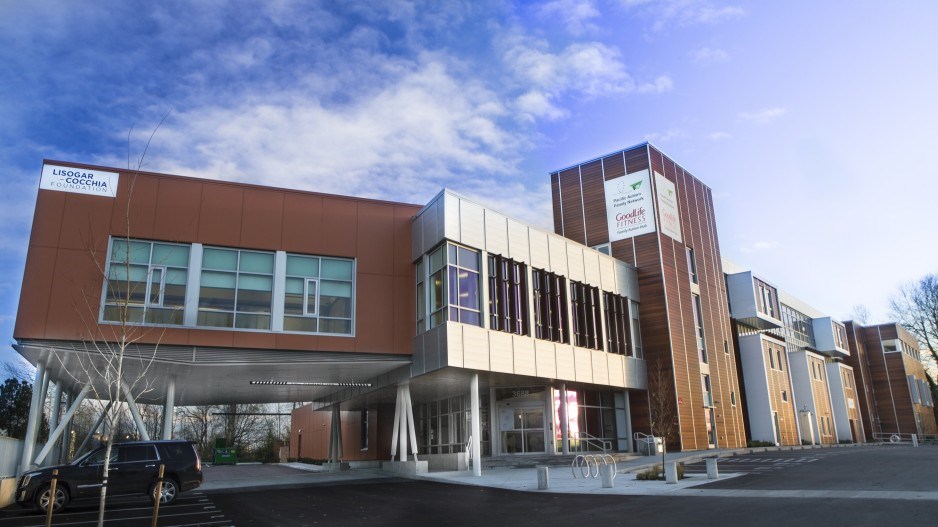It doesn't seem to make much sense to build a centre for autistic kids near a runway at Vancouver International Airport. But it turns out that with a few construction tweaks, you can even take aircraft noise out of the equation.
"You walk up some floors and it's amazing how quiet it is," says Sergio Cocchia, chair of the Pacific Autism Family Centre Foundation and father of an autistic son. "We're close to the airport and on a bit of flight path, but inside the building you won't hear any of that."
The autism centre sits alongside an arm of the Fraser River and, with its wood-and-glass West Coast architecture, is a striking addition to Richmond. But it's the stuff you don't see that makes this building special, from soundproofing and noise reduction to energy efficiency.
"Street noises, the noise from furnace ducts, even a whistle coming from an air conditioner can be so distracting it means the end of the ability to learn for someone with autism," says Cocchia.
The autism foundation estimates that there are at least 69,000 people in B.C. affected with autism. At least 60 kids a day will visit the three-storey, 60,000 square foot for treatment, and Cocchia estimates that with adult visits and employment counselling factored in, the centre could host up to 200 people each day.
Building designed to cut energy use and carbon emissions in a big way
The building's HVAC system alone, according to an energy-modeling study funded by BC Hydro's New Construction program, will save in the region of 381,000 kilowatt-hours of energy every year. That's about 36 per cent less electricity than a similar baseline building with a traditional heating and cooling system.
And through a reduction in the use of natural gas, the use of a heat pump system and low-flow fixtures, the centre looks to reduce CO2 emissions by about 3.5 tonnes each year.
Energy-efficient features include:
- In-floor radiant heating and cooling (saves energy, reduces background noise)
- Increased roof insulation
- Increased wall insulation
- Low-e windows
- Low-flow fixtures
- An energy-efficient lighting system
But ultimately, what will strike the visitors to the centre, which opened in December, is how calm and quiet the interior is.
"It will be interesting to see which of the building's applications might help families at their own homes in the future," says Cocchia. "We didn't set out to create a place that's bulletproof for individuals on the [autistic] spectrum, because our kids need to live in all spaces. It's about learning to live in communities. But getting rid of those sensory challenges that might inhibit their ability to get the most effective treatment? That was our goal."
It's also the autism foundation's goal for the Richmond facility to be the central hub in a hub-and-spoke model for treatment centres across B.C. Cocchia envisions eight more centres opening across the province.




